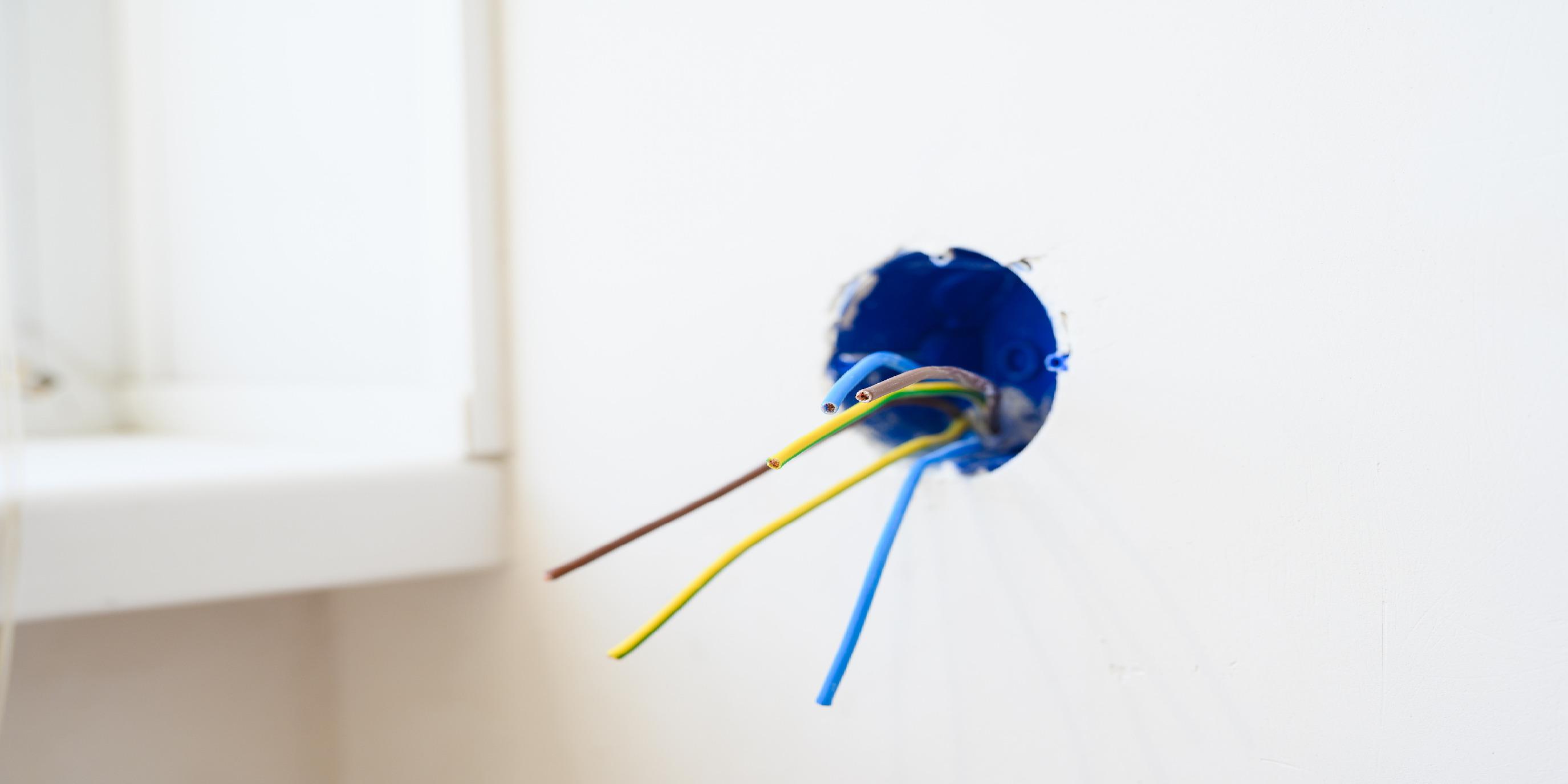Since electrical work isn’t for amateurs, many homeowners don’t know much about the electrical systems in their homes. With all the wiring hidden behind the walls, it may be that all you know is what you learned in your pre-sale inspection -- if you remember, that is.
When it comes to electrical infrastructure, one attribute that sets homes apart is the type of wiring in the walls. And for several decades’ worth of older homes, that type is an old-fashioned knob and tube wiring.
What Is Knob and Tube?
Knob and tube wiring dates all the way back to the 1880s, but it was still in widespread use as recently as the 1950s. For most of its heyday, it was the most economical choice for wiring a new home, both in terms of installation and cost of materials. But by the 50s, mass production of modern electrical cables offered a cheaper, safer alternative.
This type of wiring consists of two wires -- a hot wire and a neutral wire -- strung within walls and above ceilings using porcelain knobs and tubes. The tubes provided a safe place to run wires through studs and joists, and the knobs supported the wires and made it easy to wrap them around corners.
The wires are protected with sheaths. In the early days, these were made of treated cloth, but electricians eventually switched to rubber. Neither material was designed to last forever.
Is it Safe?
Electrical code prohibits the use of knob and tube wiring in most new construction, and homeowners insurance companies often won’t insure homes until they’ve replaced these systems. While it’s true that it’s not the safest choice, knob and tube wiring can still be used safely, but with limitations and special precautions.
One thing knob and tube wiring still does well is release heat. Because the wires are spread out and suspended in air, there’s lots of room for electrical heat to dissipate, which is good for energy efficiency and the wiring itself. But that also means knob and tube wiring can endanger flammable materials like insulation.
To safely use this wiring in any structure, you must be certain that all wiring is clear of flammable materials and that the system is well maintained.
What About Limitations?
Another risk with knob and tube wiring is that there’s no ground wire, which increases the possibility of electrical shock. It also means you can’t use any electronics or appliances with a three-prong plug, as the third prong connects to the ground wire. This inconvenience is often what motivates homeowners to upgrade.
But even where knob and tube can be made to work, homeowners may want to expand that system to other areas of the home. This often means splicing new wiring and fixtures into the existing system, which can lead to overloaded fuses.
A dangerous mistake is to simply upgrade the fuses when this happens. This will get the juice flowing again, but the wiring can get dangerously hot, and the protective sheaths may have deteriorated over their decades of service. It’s a fire waiting to ignite.
Stay Safe
If your home still has knob and tube, it’s important to have it periodically inspected. Even if it’s deemed safe, there’s no substitute for the safety and convenience of modern wiring. And if you’re not sure what kind of wiring you have, just reach out to your local, licensed electricians for a quick inspection! For more information, call Mister Sparky® at (800) 906-4577 today!
















